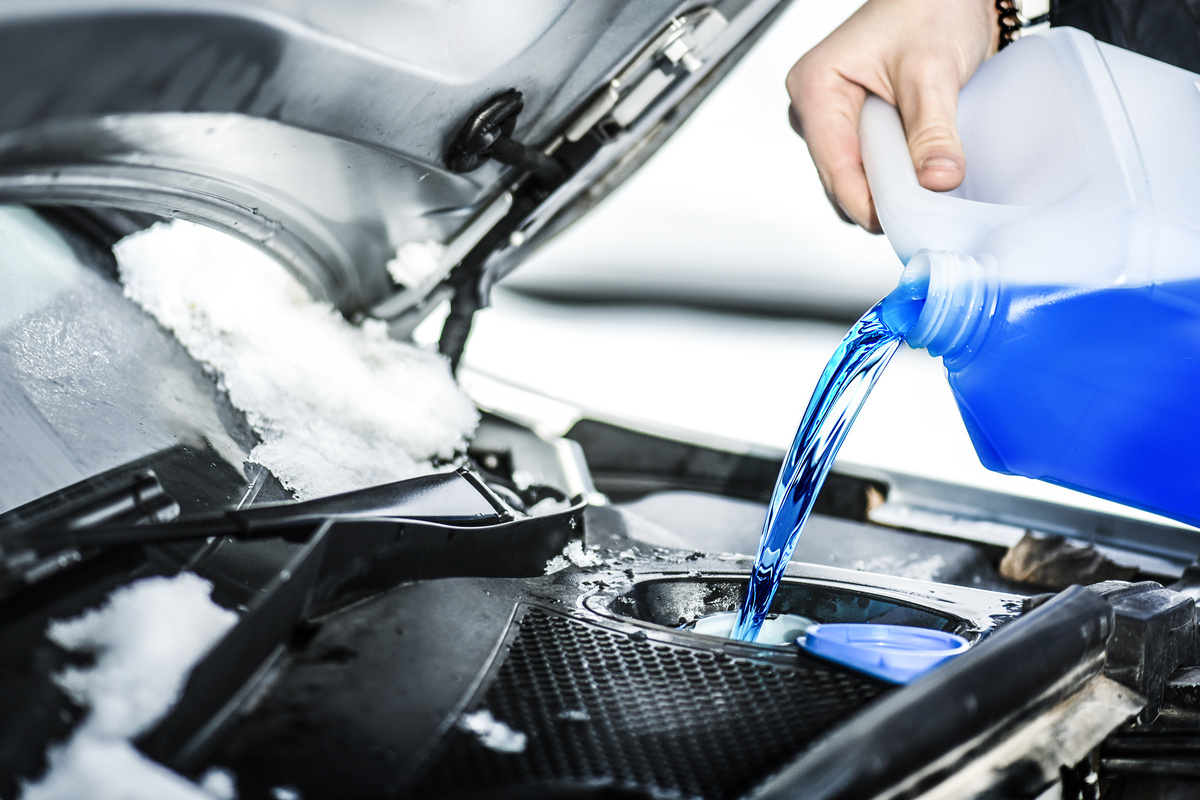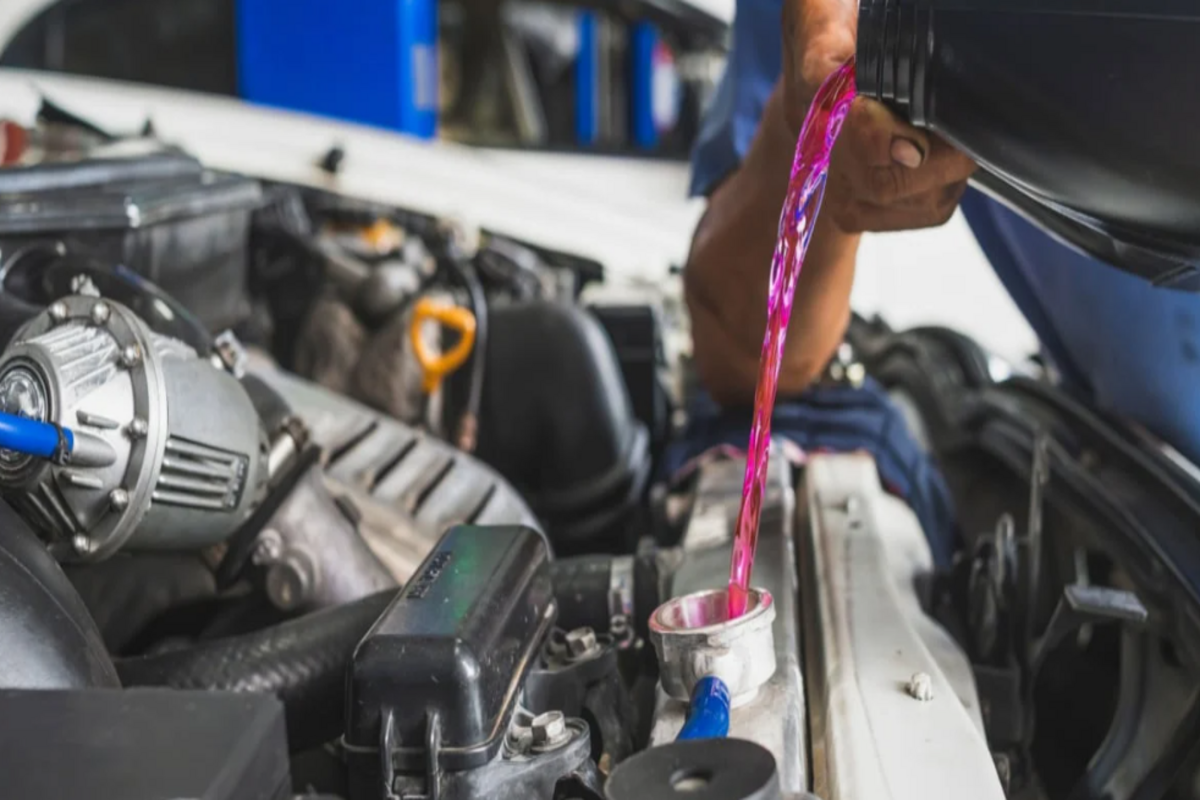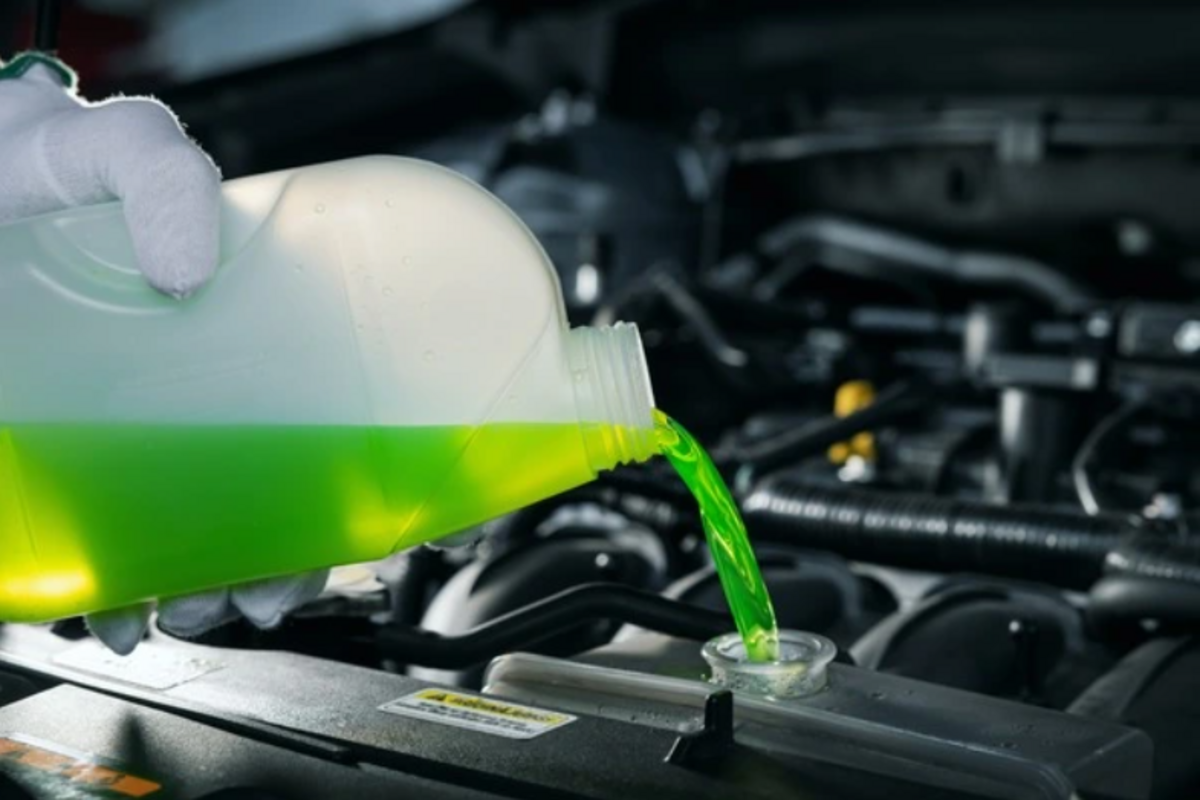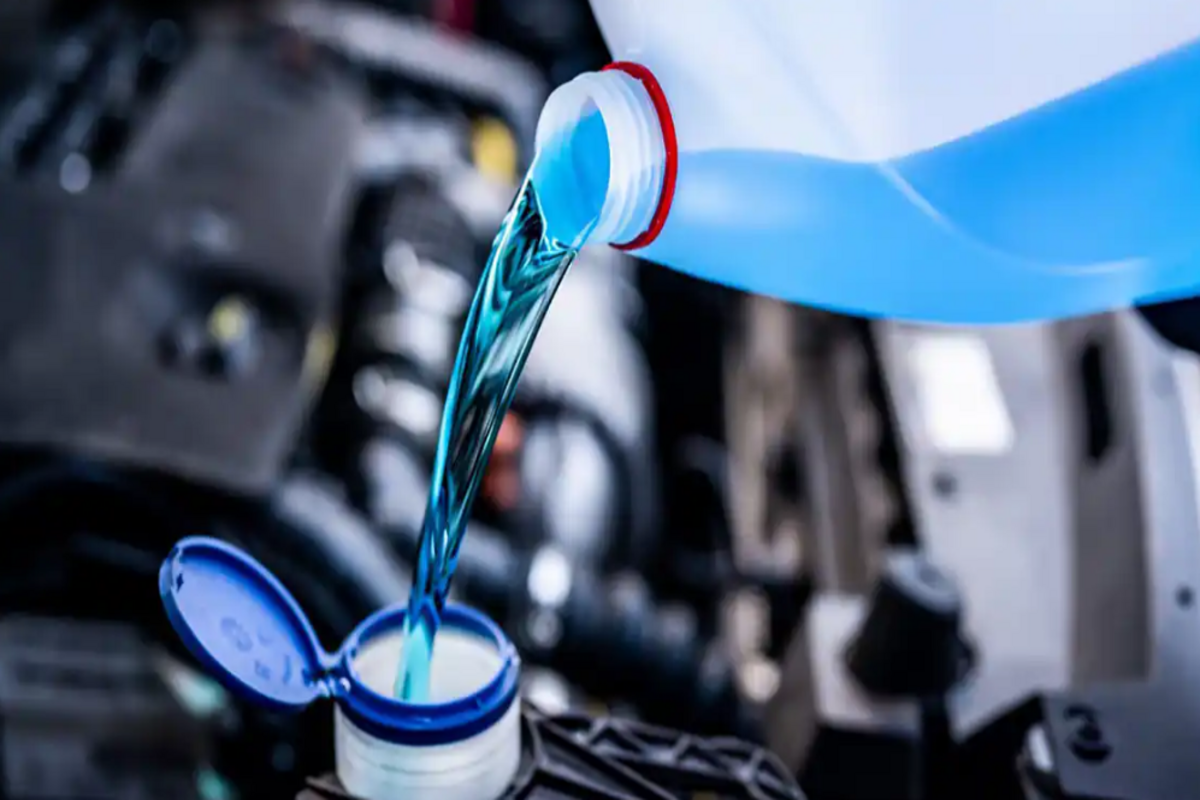



COOLANTS
🔧 What is a Coolant?
Coolant, also known as antifreeze, is a liquid mixture—typically made of water and ethylene glycol or propylene glycol—used in vehicle engines to regulate temperature. It prevents the engine from overheating in hot weather and freezing in cold temperatures.
🔬 Types of Coolants
There are several types of coolants, primarily differentiated by the additives used to prevent corrosion and extend life:
1. Inorganic Additive Technology (IAT)
Base: Ethylene glycol
Color: Typically green
Use: Older vehicles (pre-2000)
Lifespan: 2-3 years or 30,000 miles
Notes: Contains silicates and phosphates for corrosion protection. Requires frequent replacement.
2. Organic Acid Technology (OAT)
Base: Ethylene glycol or propylene glycol
Color: Orange, red, or dark green
Use: Modern vehicles (GM, VW, Honda, etc.)
Lifespan: 5 years or 150,000 miles
Notes: Silicate-free; relies on organic acids for corrosion protection.
3. Hybrid Organic Acid Technology (HOAT)
Base: Combination of IAT and OAT
Color: Yellow, turquoise, pink, or purple
Use: Chrysler, Ford, some European models
Lifespan: 5 years or 150,000 miles
Notes: Contains silicates and organic acids for long-lasting protection.
4. Phosphate-Free Organic Acid Technology (P-OAT)
Color: Often blue or purple
Use: Mostly used in Asian vehicles (Toyota, Honda, Nissan)
Lifespan: Long-life coolant
Notes: Free of phosphates and silicates to prevent mineral deposits.
🌈 Uses of Coolants
Regulates engine temperature during operation.
Prevents engine freezing in cold conditions.
Inhibits corrosion and rust in the cooling system.
Lubricates water pump and seals.
Improves heat transfer efficiency.
✅ Benefits of Using the Right Coolant
✔️ Prevents overheating, protecting the engine from thermal damage
✔️ Extends engine life by preventing rust, scale, and corrosion
✔️ Enhances fuel efficiency due to optimal engine temperature
✔️ Reduces maintenance costs by protecting internal components
✔️ Increases reliability in all weather conditions
🛠️ Tips for Coolant Maintenance
Check coolant levels regularly (especially before long trips).
Replace coolant according to the manufacturer’s interval.
Never mix different coolant types unless they are compatible.
Use distilled water when diluting coolant to avoid mineral buildup.
Click on the link below to know more
- READY TO USE COOLANTS
- HEAVY DUTY COOLANTS
